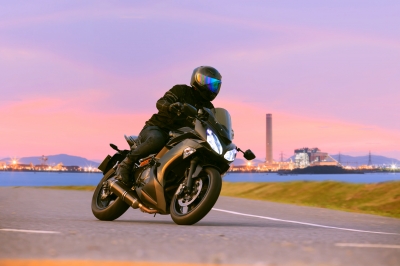
When you drive your car, if someone comes at you, you know you will hit the brakes or turn the wheel. You have a plan that you hope works; actually you pretty much count on it, otherwise driving would cause huge anxiety.
When a pilot flies an airplane, IF a problem develops, instead of turning the wheel, the pilot turns to the manual. There is a plan there that has been carefully thought out and tested. Pilots count on that. Otherwise piloting would cause huge anxiety.
We have been flying planes now for 100 years. Things rarely go wrong anymore. We got for years without a single accident by a major airline. Whenever something does go wrong, we find a way to fix that problem so it doesn’t happen again.
For an accident to happen, if it is something so rare and remote than it didn’t happen for a hundred years. Even if we did nothing, it probably would not happen again for a hundred years. But we pilots are ‘control freaks’. We want control. We want a way out of EVERY problem that we can count on 100%.
Since pilots know the procedures and know they can count on them, THEY don’t have anxiety. For a pilot, there is less anxiety when flying than when driving. We know everyone in our part of the sky is a professional. We know anyone can get a license to drive a car.
But these procedures that take care of anxiety for a pilot don’t help passengers very much. So many passengers think that if something goes wrong, that’s it; they are doomed. No way! We turn to the manual; we switch to a backup system. And the plane keeps going just fine.
If you did know all those procedures, etc., chances are anxiety would not get a foothold, or even a toehold. But to learn ALL those things would take years.
In the SOAR Course, we do go into those things, and it helps. But it is impractical to go into them in the depth that would be required for that to work for you.
So the more practical way is to satisfy you that flying is safe enough. That makes it OK to start controlling the feelings that keep you from flying.
See, you wouldn’t want to get of a fear that is protecting you from doing something you really shouldn’t do. For example, I have zero interest in getting over my fear of Russian Roulette. I’m not interest in getting over my fear of motorcycles, either. One of my sons isn’t afraid of motorcycles; I wish he were!
But just because you are sure it is OK to get rid of the fear, that is not enough to do the job. It is what has become trendy to say, it is ‘necessary but not sufficient’ action.
What is sufficient?
Once you have done the ‘necessary’ work to be sure flying is safe enough, you need to deal with the emotional reaction that keeps saying, ‘Yes, but what if YOUR flight is that one in several million.’
We need to get rid of those thoughts (and the feelings those thoughts trigger) of ‘What If’. Such as, ‘what if’ the plane is about to plunge in the next moment. Or ‘what if’ it doesn’t get off the ground. Or ‘what if’ the captain is drunk or had a fight with his/her spouse last night.
The problem with these thoughts – IF YOU ARE HIGHLY VISUAL AND IMAGINATIVE – is that you can’t just think them in words like a lot of people can. You think them in vivid images, images so vivid that the emotional control system really thinks it is happening and tells the body to get ready to run, fight, and if you are trapped and can’t do either, then get ready to die.
And since you can’t run, and can’t fight (well, there is always air rage), you are stuck with getting frozen and ready to die in terror.
So even though nothing like that is really happening, once your emotional control system gets into that mode, it really may not be possible to get out of that mode. Just like with driving or with flying, real control means having a way out. In this case, you need a way out of that mode of thinking. So, the answer is, to train your unconscious thought processes to NOT bring terrible thoughts to mind in a way that triggers the emotional control system.

